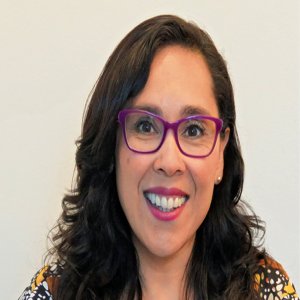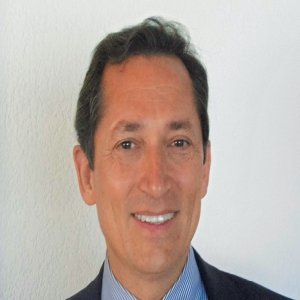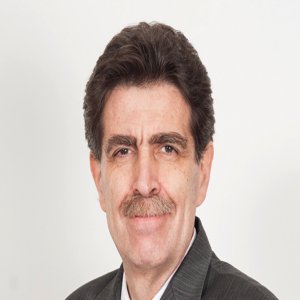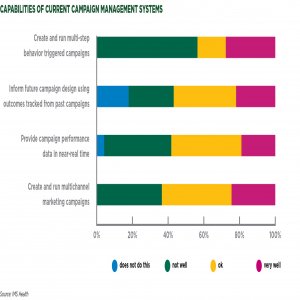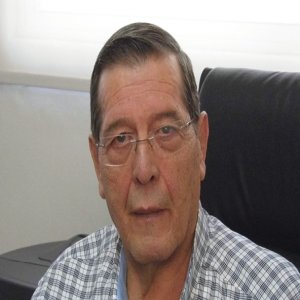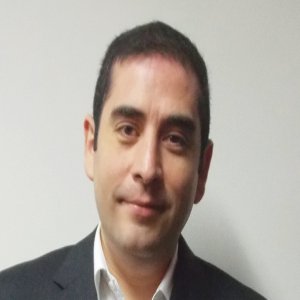Showing the Fitness Market How Its Done

STORY INLINE POST
Q: How has Sports World developed over the years since its inception?
A: Héctor Troncoso, the current President of the Board, started the fitness company as a family business called Club Tarango in 1989, which became Sports World Centenario in 1996. Using this model the company steadily expanded to include five more clubs. In 2006, 10 years after the inception of Sports World, we partnered with Nexxus Capital who acquired 61% of the company in preparation for an IPO. On 7th October 2010, US$68 million was initially placed onto the stock market and the company went public. Being on the stock exchange really formalized the processes and information systems within the company, and at this point our growth was really kick started. By 2009, Sports World had 14 clubs, and 35 by 2013. By the end of 2014 there were 42 fully operational clubs and three more are currently under construction.
Q: How important is it to differentiate the Sports World brand from other health clubs and how do you do this?
A: We differentiate ourselves from the rest of the market with our family friendly environment and our focus on safety, service, and customer satisfaction. Our model focuses on two different types of sport centers. The first is the Family Format: a wide, family oriented space with special areas for children with an average size of 3,000m2; the second is the Individual Format: a smaller space which measures from 2,000 to 2,500m2. Of our clubs, 67% are Family Formats and we are currently only developing this type of club as they perform better economically and are preferred by our clients. In Family Format clubs, the children’s area is completely separated from the adult area. They have independent activities, dressing rooms, and bathrooms, with only communal pools. Now, 40% of our memberships are Family memberships, which can include up to eight people. Unlike other companies, Sports World is involved in several campaigns to promote health and partnerships with other institutions to ensure high quality services and appropriate training for our employees.
Q: When and for what reasons were you motivated to branch out beyond club management to engaging in public health issues?
A: Sports World started to get involved in health programs in 2014. Mexico has the highest rate of child obesity worldwide and seven out of ten adults are overweight. According to the Mexican Diabetes Association (MDA), there are nine million diagnosed diabetics plus an approximate two million who are undiagnosed in Mexico. There is growing awareness among the Mexican population of these health problems and the government is taking preventive measures in order to limit this trend. According to IHRSA, the International Health, Racquet and Sportsclub Association, in Mexico in 2012 only 2.7% of the population exercised regularly, and today the number cannot be higher than 3%. In comparison, in Brazil 5% of the population regularly exercises, and in Argentina this figure is above 6%. In Mexico there is little awareness of the importance of physical activity to maintain good health. Our objective is to provide an alternative for health that is unavailable in other health clubs. Overweight people are reluctant to approach these type of clubs even when we can provide them with a mechanism to improve their health and lifestyle. For this reason we wanted to create a program that will promote our services as a healthy alternative for overweight, hypertensive, and diabetic people, and to welcome them to our facilities. In 2014 we launched the program “Feel Healthy” alongside the MDA and the Ministry of Health of Mexico City to provide diabetics an alternative for managing their sugar levels. The Ministry of Health of Mexico City helped us launch this program and we granted 100 sponsorships distributed between the Ministry and the MDA. These included nutritional guidelines and an initial medical evaluation for diabetics, with follow ups every three months to measure their glucose and cholesterol levels. This program is currently implemented in ten of our clubs and it will grow according to demand. The MDA educated all the trainers for this program to ensure they were aware of the needs of a diabetic patient, and requested that we document the progress of those with sponsorships at the end of the year in order to measure the achievements. Right now we have 600 affiliates on the program and we expect to expand the program in the near future to include children.
Q: Does Sports World partner with other companies in order to promote physical activity?
A: Right now we are partnering with Mapfre. They provide up to a 10% discount on major medical expense policies for customers of Sports World. We are also collaborating with Dentalia, an organization for dental care, which provides significant discounts on several dental procedures and free dental consultations for affiliates of Sports World. Our clients can also get nutritional guidance at our clubs with a professional nutritionist. We are working with The Workplace Wellness Council to gain recognition as a Health Responsible Company (RESR) and we have introduced an internal campaign called KiloStop, in which our employees follow nutritional guidelines and training programs to lose weight and maintain healthy lifestyles. We are now implementing this program in other corporations, including one of the largest producers of carbonated drinks in Mexico. Employees of these companies experience weight loss and as an added benefit, employers see an increase in productivity.
Q: How competitive is the health club market in Mexico?
A: There are about 8,000 centers for practicing physical activity in Mexico. Of those, only around 200 belong to a sports club chain. The other 7,800 sport centers in Mexico are generally small and informal. These types of sport centers lack the necessary infrastructure for renovation, which is essential as people often get bored and abandon their fitness goals. Our clubs have certified trainers, which is extremely important as a mistake may irreparably hurt a client and for this reason we are highly focused on certification and training for our instructors. In Mexico, we are the only company involved in health programs focused on obesity, hypertension and diabetes, and the only ones offering corporate programs to incorporate fitness into their employee lifestyles.
Q: How have the recent economic changes affected the health club sector?
A: The fitness market is more resistant to economic fluctuations than other discreet consumption markets. Our clients are conscious of how important physical activity is for their health and we have two advantages over the competition: last year we became the largest fitness company in Mexico. As of July 2015, we have 44 clubs in operation and, with two more under construction we have six more clubs than our main competitor. Sports World has grown considerably in recent years, not only in terms of number of clients but also from a financial position. Our net revenue is increasing by double digits every year and in 2014 our net revenue increased by 19% in comparison to 2013. The number of customers increased 13.5% in that same period. At the end of 2014 and in the first quarter of 2015 customers became more wary of economic fluctuations and became more austere, so we saw a slight increment in the churn rate above the normal industry level which is 4% monthly. This forced us to revise our retention policies and to implement different initiatives in order to improve our service and remodel some of our older clubs to normalize our numbers. This was a specific event and I believe those numbers will stabilize to their original rates.
Q: Do you believe abandonment rates are influenced only by the economy or is it also a cultural problem?
A: If we compare the number of people who regularly practice sports in Mexico and in other countries in Latin America, we can perceive a cultural problem. Even so, we have witnessed a positive shift in this mentality as people are becoming more aware of the dangers of a sedentary lifestyle. People are slowly acquiring basic wellness habits, such as walking 40 minutes a day three times a week. Sports World is contributing to increase this awareness by stablishing clear fitness goals and slowly increasing them.
We have also implemented a guarantee program, in which we provide our customers with a nutrition guide and a personalized exercise program. If these clients do not lose 3% of their body mass in three months, they are refunded half the cost of their membership. There is also the economic component. While Mexicans are being negatively affected by the fluctuations in the economy, we have seen little influence of these fluctuations in our bottom line.
Q: What are your objectives for 2015?
A: Our plan is to keep growing at the current rate of five to seven clubs per year. We are also focusing on affiliating the socioeconomic segment A, B, and C+ which represents 21.2% of the Mexican population. To date, 5.7% of this segment of the population is affiliated to a sports club. This is a low penetration rate so we are focused on increasing our presence in this sector. As I mentioned before, the total fitness penetration in Mexico is around 3%, but if it increases one percentage point that would mean one million more people will be practicing physical activity.
Our long term goal is to maintain our growth rate over several years. We also want to expand the “Feel Healthy” program to eventually encompass all our clubs. Last year this program started with six clubs and was recently increased to ten and now we want to expand the program to adapt it for children who may need it.
